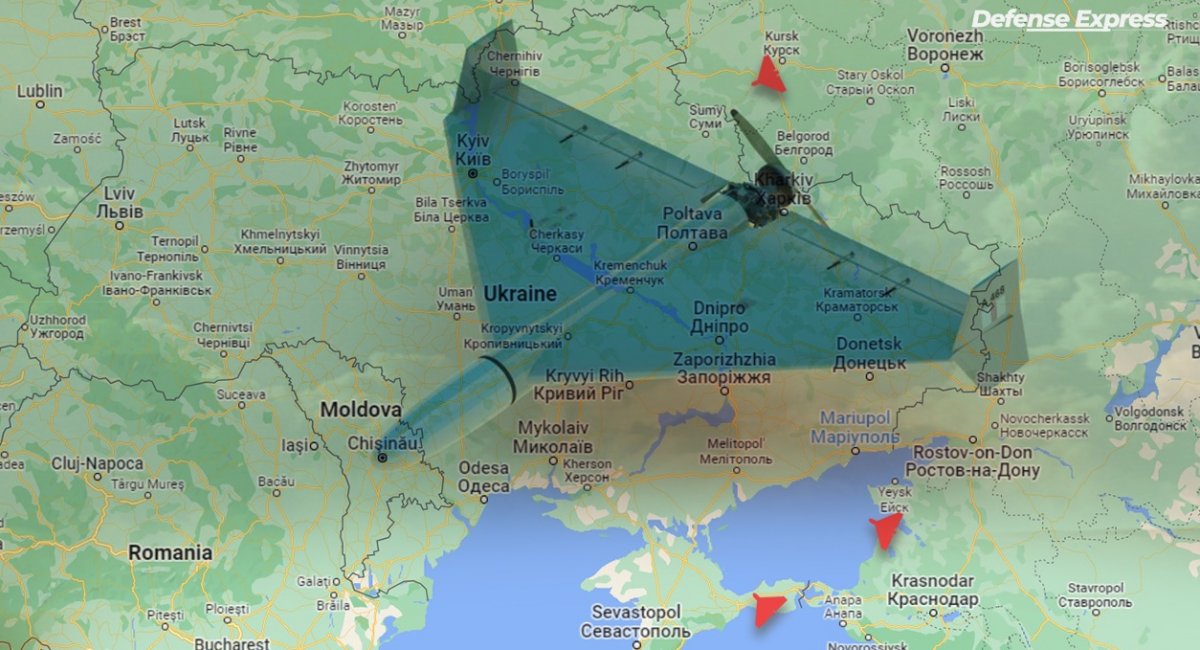Overnight on August 2nd, the russian federation launched another wave of loitering munitions of Shahed-131 and Shahed-136 types on Ukraine. The air defense took down most of them, namely 23 units, Ukrainian Air Force Command reported the following morning.
The targets were apparently important facilities in Kyiv and the port infrastructure in the Odesa region. In particular, more than a dozen drones were downed over the country's capital, said the Head of the Kyiv city military administration.
Read more: Ukraine Starts Producing of Rubaka Kamikaze Drones Capable of Covering Distances Of Up to 500 km
According to the official information, a private residential building in the Kyiv region and an administrative building in Kyiv itself were damaged. In Odesa, local authorities report damage to a grain elevator and fires breaking out at several industrial and port facilities. As of the afternoon, there are no reports of any injured.

This attack is different from what we witnessed so far, and the thing here is not about the number of drones involved in this wave but about where they came from. The launch sites are the problem: the Ukrainian Air Force Command shared that the Shahed-type loitering munitions were launched from three directions – Kursk, Primorsko-Akhtarsk lying on the coast of the Sea of Azov, and the Cape Chauda in the occupied Crimea.

If we recall the few latest attacks with Shaheds, they were all launched from one or two spots at most, although each of the mentioned sites had been used at least once previously.
For example, on July 19th, russians sent drones from the training grounds near Chauda and Primorsko-Akhtarsk; on July 13th, they did the same from Kursk and Primorsko-Akhtarsk.
The probable reason why the russian army refrained from using all three at once was the lack of educated personnel trained to prepare the iranian Shaheds for the flight.
Consequently, we should expect more locations to be used for setting up aerial attacks in the future. This, in turn, means those strikes would be coming from more directions simultaneously which can make repelling them much more difficult.

From another perspective, it seems that Shahed-136 requires a bit more on-ground infrastructure than expected, and for this very reason, the launch sites have been kept unchanged for such a long time. And this detail might help Ukrainians to launch counterattacks against their drone operators and the supporting infrastructure.
Read more: Chronicle of the russian federation Crimes in Ukraine (August 2023)














